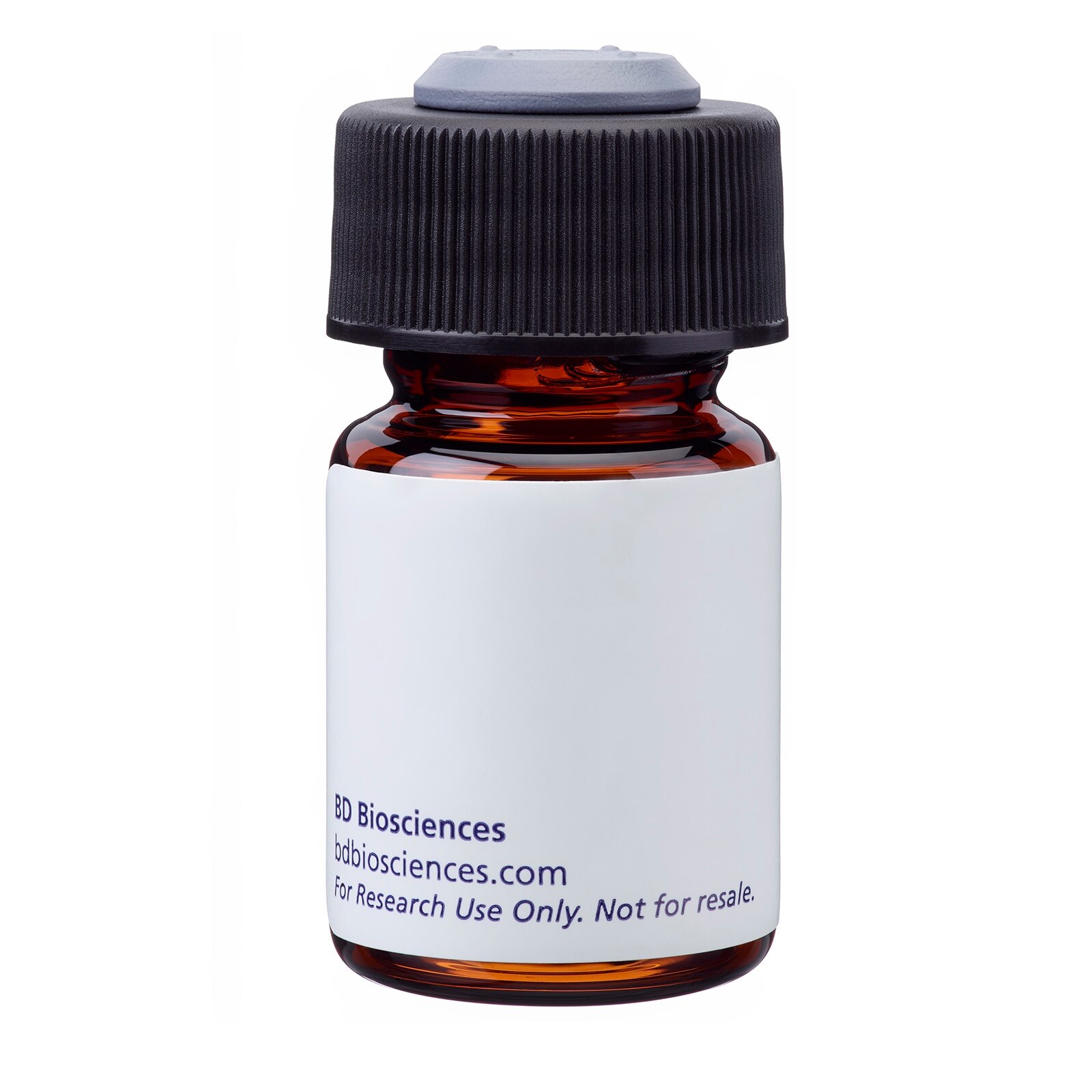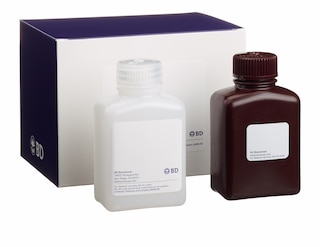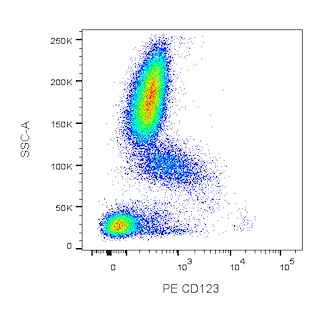-
Training
- Flow Cytometry Basic Training
-
Product-Based Training
- BD FACSDiscover™ S8 Cell Sorter Product Training
- Accuri C6 Plus Product-Based Training
- FACSAria Product Based Training
- FACSCanto Product-Based Training
- FACSLyric Product-Based Training
- FACSMelody Product-Based Training
- FACSymphony Product-Based Training
- HTS Product-Based Training
- LSRFortessa Product-Based Training
- Advanced Training
-
- BD FACSDiscover™ S8 Cell Sorter Product Training
- Accuri C6 Plus Product-Based Training
- FACSAria Product Based Training
- FACSCanto Product-Based Training
- FACSLyric Product-Based Training
- FACSMelody Product-Based Training
- FACSymphony Product-Based Training
- HTS Product-Based Training
- LSRFortessa Product-Based Training
- United States (English)
-
Change country/language
Old Browser
This page has been recently translated and is available in French now.
Looks like you're visiting us from {countryName}.
Would you like to stay on the current country site or be switched to your country?




Flow cytometric analysis of APC anti-human TLR9 on resting PBMC. Human PBMC were fixed and permeabilized using BD Cytofix/Cytoperm™ reagents (Cat. No. 554714) followed by staining with APC anti-human TLR9, PerCP-Cy5.5 anti-human HLA-DR (Cat. No. 339194) and PE anti-human CD123 (Cat. No. 554529, left panel) or FITC anti-human CD11c (Clone B-ly6, right panel). The dot plots were derived from a HLA-DR+ gate. Flow cytometry was performed on a BD FACSCalibur™ System.


BD Pharmingen™ APC Rat anti-Human TLR9

Regulatory Status Legend
Any use of products other than the permitted use without the express written authorization of Becton, Dickinson and Company is strictly prohibited.
Preparation And Storage
Product Notices
- This reagent has been pre-diluted for use at the recommended Volume per Test. We typically use 1 × 10^6 cells in a 100-µl experimental sample (a test).
- Please refer to www.bdbiosciences.com/us/s/resources for technical protocols.
- This APC-conjugated reagent can be used in any flow cytometer equipped with a dye, HeNe, or red diode laser.
- For fluorochrome spectra and suitable instrument settings, please refer to our Multicolor Flow Cytometry web page at www.bdbiosciences.com/colors.
- Source of all serum proteins is from USDA inspected abattoirs located in the United States.
- Caution: Sodium azide yields highly toxic hydrazoic acid under acidic conditions. Dilute azide compounds in running water before discarding to avoid accumulation of potentially explosive deposits in plumbing.
Companion Products


Toll-like receptor 9 (TLR9), also designated as CD289, is a type 1 transmembrane glycoprotein (~110-119 kDa calculated molecular weights for protein isoforms) encoded by the TLR9 gene in chromosome 3. TLR9 is a member of the Toll-like receptor (TLR) family whose members play fundamental roles in pathogen recognition and activation of innate immunity. TLR9 is highly expressed by plasmacytoid dendritic cells and B cells and at lower levels in some other cell types. TLR9 is expressed predominantly in the endoplasmic reticulum. It is recruited to endosomal and lysosomal compartments upon cellular stimulation by bacterial, viral or synthetic DNA molecules that contain unmethylated CpG dinucleotide sequences. TLR9 generated signals lead to the activation of genes that express type-I interferons and proinflammatory cytokines including IL-6 and IL-12. TLR9-mediated signaling is also implicated in acquired immune responses as well as in the pathogenesis of autoimmune diseases. The eB72-1665.1 mAb recognizes the human TLR9 epitope from the peptide sequence, amino acids 273-288.

Development References (6)
-
Akira S, Takeda K. Toll-like receptor signalling. Nat Rev Immunol. 2004; 4(7):499-511. (Biology). View Reference
-
Chuang TH, Ulevitch RJ. Cloning and characterization of a sub-family of human toll-like receptors: hTLR7, hTLR8 and hTLR9. Eur Cytokine Netw. 2000; 11(3):372-378. (Immunogen). View Reference
-
Hemmi H, Takeuchi O, Kawai T, et al. A Toll-like receptor recognizes bacterial DNA. Nature. 2000; 408(6813):740-745. (Biology). View Reference
-
Kumagai Y, Takeuchi O, Akira S. TLR9 as a key receptor for the recognition of DNA. Adv Drug Deliv Rev. 2008; 60(7):795-804. (Biology). View Reference
-
Latz E, Schoenemeyer A, Visintin A, et al. TLR9 signals after translocating from the ER to CpG DNA in the lysosome. Nat Immunol. 2004; 5(2):190-198. (Biology). View Reference
-
Leifer CA, Kennedy MN, Mazzoni A, Lee C, Kruhlak MJ, Segal DM. TLR9 is localized in the endoplasmic reticulum prior to stimulation. J Immunol. 2004; 173(2):1179-1183. (Biology). View Reference
Please refer to Support Documents for Quality Certificates
Global - Refer to manufacturer's instructions for use and related User Manuals and Technical data sheets before using this products as described
Comparisons, where applicable, are made against older BD Technology, manual methods or are general performance claims. Comparisons are not made against non-BD technologies, unless otherwise noted.
For Research Use Only. Not for use in diagnostic or therapeutic procedures.
Report a Site Issue
This form is intended to help us improve our website experience. For other support, please visit our Contact Us page.